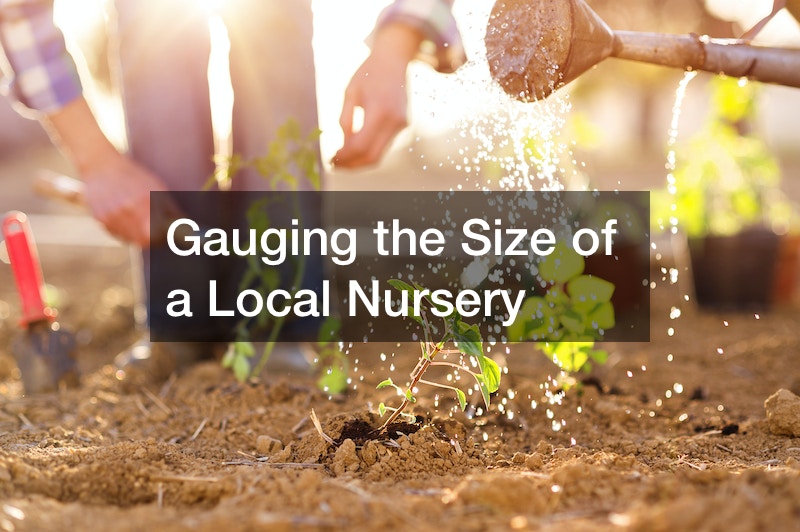Disclaimer: Life Cover Guide. This site provides family & home content for informational purposes only.
When looking for plants, gardening supplies, or expert advice, the size of local nurseries can impact your shopping experience. Let’s explore how to gauge the size of local nurseries and what it means for your gardening needs.
The physical space of a local nursery is often a good indicator of its size. Large nurseries typically have extensive outdoor and indoor areas, offering various plants and gardening products.
Smaller nurseries may have more limited space but can still provide a carefully curated selection of plants and personal customer service.
The variety of plants available is another way to measure a local nursery’s size. Larger nurseries tend to have a broader selection, including rare and exotic plants. Smaller nurseries might focus on specific plant types or regional varieties.
Consider the level of expertise and services the nursery offers. Larger nurseries may have a dedicated staff with specialists in various plant categories. Smaller nurseries might have a more personalized approach, providing in-depth guidance on plant care and local gardening conditions.
The range of gardening supplies and inventory also indicates a nursery’s size. Larger nurseries usually have a comprehensive selection of gardening tools, soil amendments, and decorative items. Smaller nurseries may offer a more streamlined inventory with a focus on essentials.
Nurseries in urban areas might have limited space but still provide convenience for city gardeners. The nursery’s reputation within the community can also reflect its size and customer satisfaction.
.







